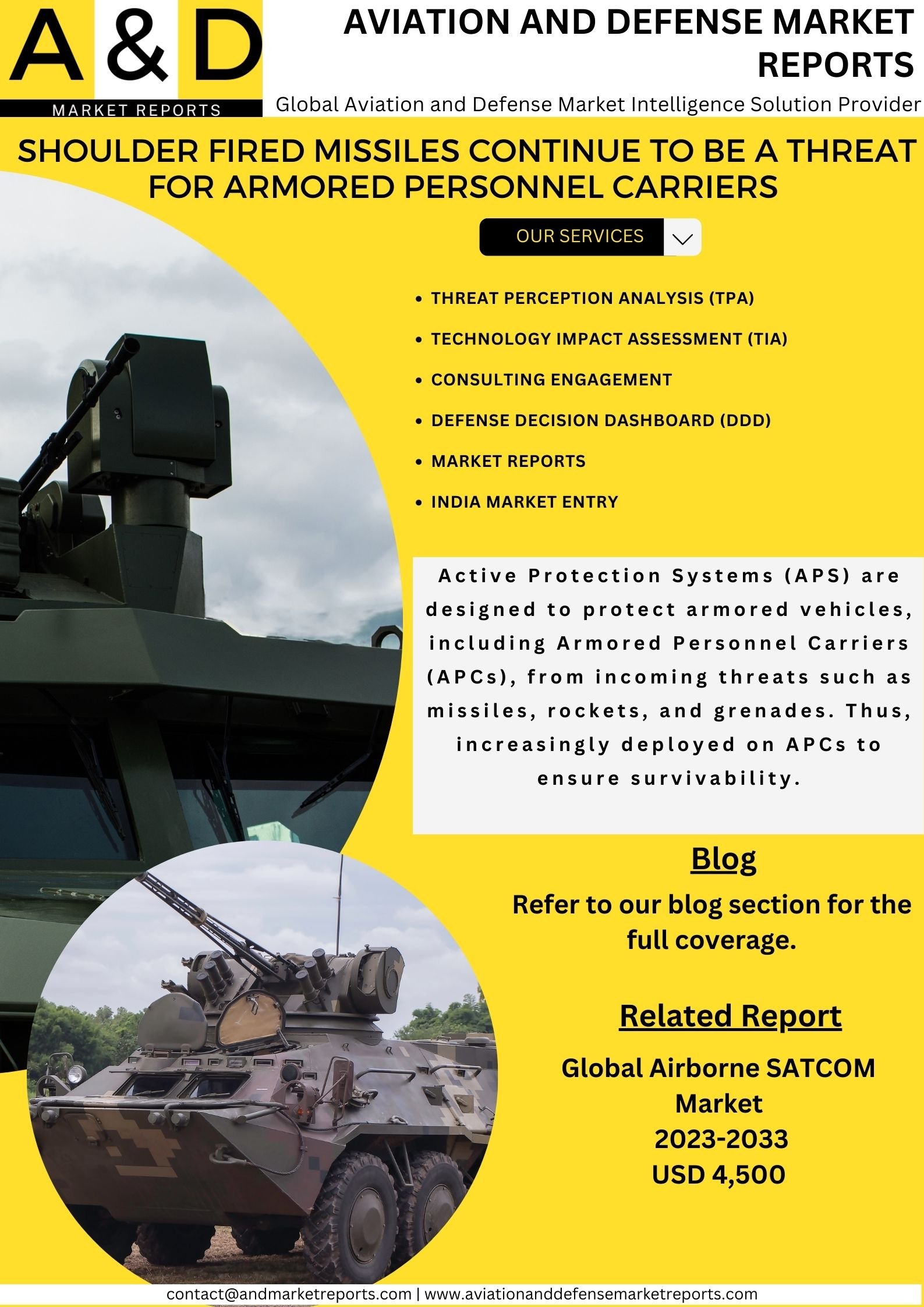Introduction
Armored Personnel Carriers (APCs) are military vehicles that are designed to transport infantry and other personnel while protecting from small arms fire, shrapnel, and other battlefield hazards. These vehicles typically have heavy armor plating and are equipped with machine guns or other weapons for self-defense.
APCs are often used in military operations to transport troops and supplies to the front lines, evacuate wounded personnel from combat zones, and provide fire support for infantry units.
Tracked VS Wheeled APC
There are two main types of Armored Personnel Carriers (APCs) – tracked and wheeled. Each has its advantages and disadvantages, and the choice between them depends on various factors, such as terrain, mission requirements, and budget.
Tracked APCs are typically better suited for rough terrain and off-road conditions. The tracks provide greater traction and stability, allowing them to traverse obstacles such as steep inclines, soft sand, and deep mud. They are also generally more heavily armored than wheeled APCs, providing better protection against enemy fire and improvised explosive devices (IEDs). However, tracked APCs tend to be slower and less fuel-efficient than their wheeled counterparts, and can be more expensive to maintain and operate.
Wheeled APCs, on the other hand, are generally faster and more fuel-efficient than tracked APCs, making them better suited for rapid deployment and operations on paved roads and other flat terrains. They are also typically less expensive to maintain and operate than tracked APCs. However, they may not be as well-suited for rough terrain or off-road conditions and are generally less heavily armored than tracked APCs, providing less protection to troops inside.
Advancements
Armored Personnel Carriers (APCs) have seen significant advancements over the years, with new technologies and design improvements constantly being implemented to enhance their capabilities and effectiveness on the battlefield. Some of the key advancements in APCs include:
Increased Armor Protection: Modern APCs use advanced materials such as ceramics, composites, and reactive armor to provide better protection against enemy fire, improvised explosive devices (IEDs), and other threats.
Improved Mobility: APCs are now designed to operate in a wider range of terrain, including rough terrain and water. They often feature better suspension systems, improved engine power, and amphibious capabilities.
Better Communications and Situational Awareness: Modern APCs are equipped with advanced communication systems and sensors that allow soldiers to better communicate and share information on the battlefield.
Modular Design: Many modern APCs are designed with a modular approach, allowing them to be easily adapted for different roles and missions.
Remote Weapon Systems: Remote weapon systems (RWS) allow APC crews to operate weapons from within the vehicle, reducing their exposure to enemy fire.
Unmanned Capabilities: Some APCs are now designed to operate autonomously or with remote control, allowing them to be used in dangerous situations without putting human operators at risk.
Stealth Capabilities: Some APCs are designed with features such as reduced thermal signature and radar cross-section to make them harder to detect by enemy sensors.
Powertrain of APC
Armored Personnel Carriers (APCs) typically use diesel engines for their propulsion. Diesel engines are preferred for APCs because they offer several advantages over other types of engines, such as gasoline engines or gas turbines.
Firstly, diesel engines are more fuel-efficient than gasoline engines, which means that they can travel long distances on the same amount of fuel. This is especially important for military vehicles, which may need to travel long distances to reach their destination. Secondly, diesel engines are more durable and reliable than gasoline engines and can operate under harsher conditions. They are less prone to overheating and can operate in a wider range of temperatures and altitudes. Thirdly, diesel fuel is less flammable than gasoline, which makes diesel-powered APCs less susceptible to fire hazards.
In addition to diesel engines, some APCs may also be equipped with hybrid powertrains, which combine a diesel engine with an electric motor. Hybrid powertrains offer improved fuel efficiency and reduced emissions compared to conventional diesel engines, while also providing additional power for acceleration and hill climbing.
MRO
Maintenance, repair, and overhaul (MRO) of APCs are critical to ensure the vehicles remain operational and combat-ready. The MRO process for APCs involves a range of activities, including routine inspections, repairs, and upgrades to the vehicle’s systems and components. This process may include the replacement of damaged or worn-out parts, the cleaning and lubrication of mechanical systems, and the testing of electrical and electronic systems. In addition to routine maintenance and repair, the MRO process for APCs may also involve major overhauls and upgrades to the vehicle’s design and functionality.
Active Protection System
Active Protection Systems (APS) are designed to protect armored vehicles, including Armored Personnel Carriers (APCs), from incoming threats such as missiles, rockets, and grenades. APS systems are becoming increasingly common on military vehicles, as they provide an additional layer of protection against these threats.
Several types of APS systems can be used on APCs, including soft-kill and hard-kill systems. Soft-kill systems use non-lethal methods, such as smoke or infrared decoys, to confuse incoming threats and cause them to miss their target. Hard-kill systems, on the other hand, use lethal methods, such as explosive countermeasures, to physically destroy incoming threats before they can hit the vehicle.
Active Protection Systems can greatly enhance the survivability of Armored Personnel Carriers on the battlefield, by providing an additional layer of protection against incoming threats. However, these systems can be expensive and complex to operate and must be carefully integrated with other vehicle systems to ensure their effectiveness.
Conclusion
Modular design with stealth technology and low radar and a low thermal signature will be the mainstay of future APCs. Active protection systems will also be increasingly deployed on APCs to ensure survivability.
